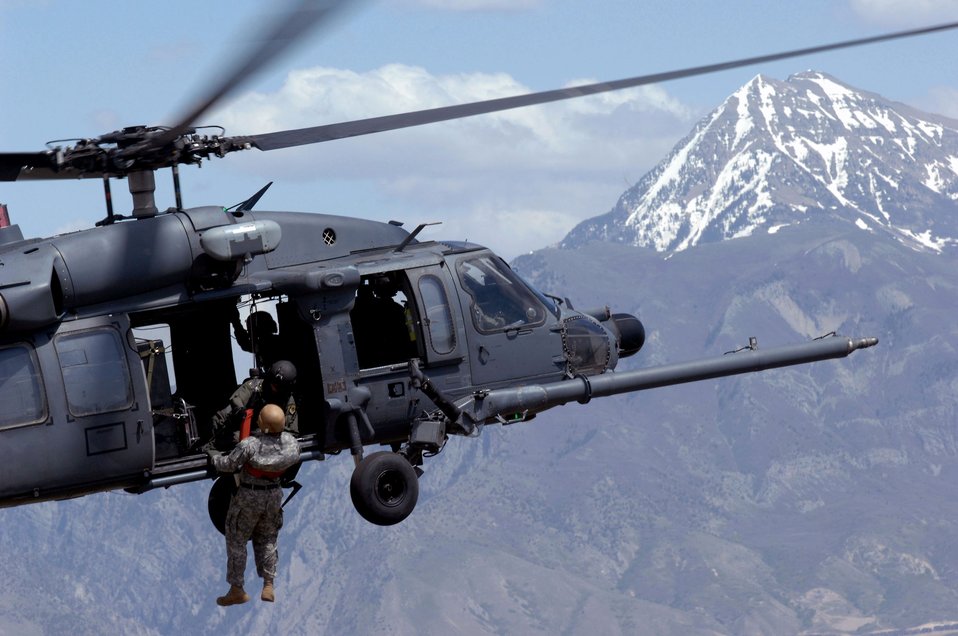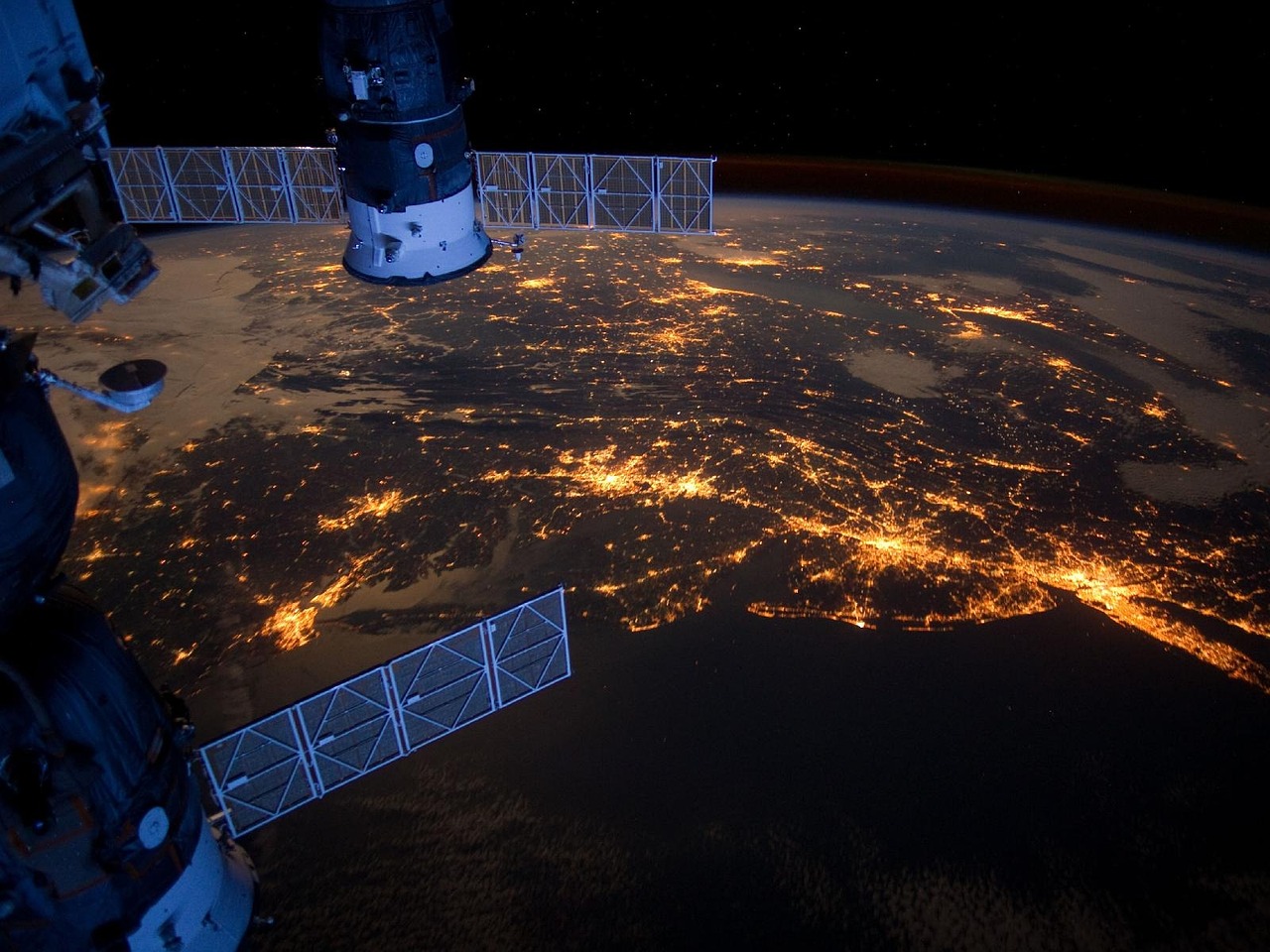This post is also available in:
 עברית (Hebrew)
עברית (Hebrew)
The US Department of Defense is interested in using artificial intelligence and drones in humanitarian aid and disaster relief missions.
In a request for information, the Pentagon’s Joint Artificial Intelligence Center (JAIC) called for market research to identify existing technology that could contribute to the rapid deployment of self-sufficient drones on disaster response operations.
The drones should be able to fly a predetermined area and find people or man-made objects, on land or at sea, in tough conditions including haze, clouds, fire and other obstacles.
The drones must be launched from air, sea, and ground, air-droppable from another/larger aircraft in flight, and capable of searching a geo-fenced area.
The drones should prompt when to examine findings through a remote digital monitor, allowing analysts to simultaneously focus on other missions without having to constantly watch the monitor, according to c4isrnet.com.
The RFI states that the drones must be capable of operating for at least two hours at 50 knots airspeed; cover a minimum of 100 square nautical miles during flight; be launched from various air, sea and ground platforms..
An analyst station is needed that can receive alerts and imagery from and control the drone. The analyst station should be able to receive all detections, along with their coordinates and associated footage, turn on full-motion video from the drone through a datalink, if needed, and command the drone to continue observation of and follow detected people and objects.
In addition, JAIC is looking for drone manufacturers and artificial intelligence software companies to develop solutions relating to platforms, sensors, edge AI processing and detecting algorithms that would provide drones with the necessary skills to enable search-and-rescue operations.


























